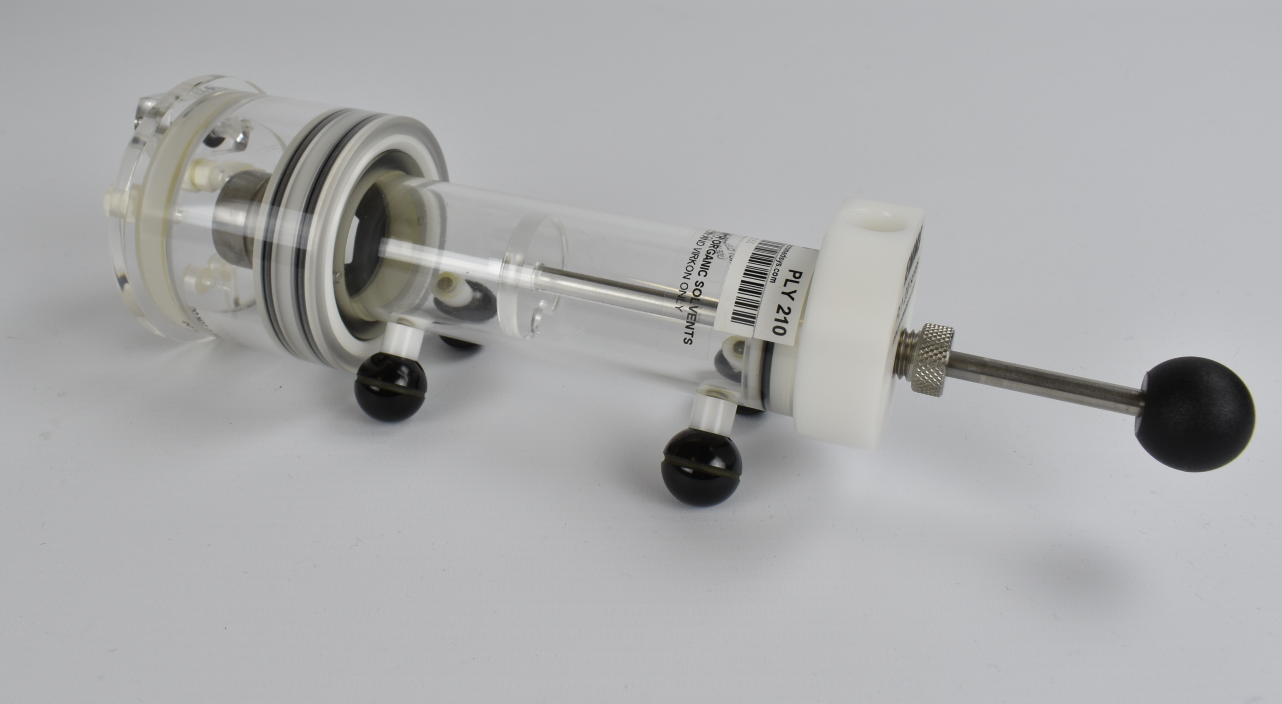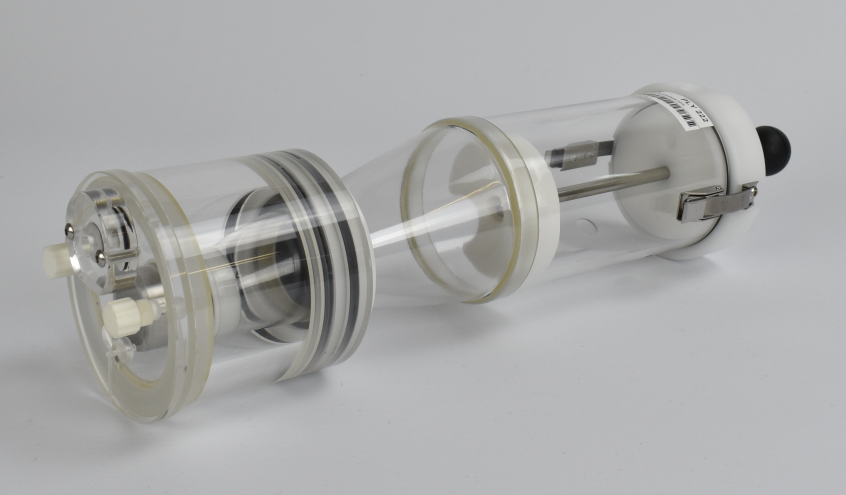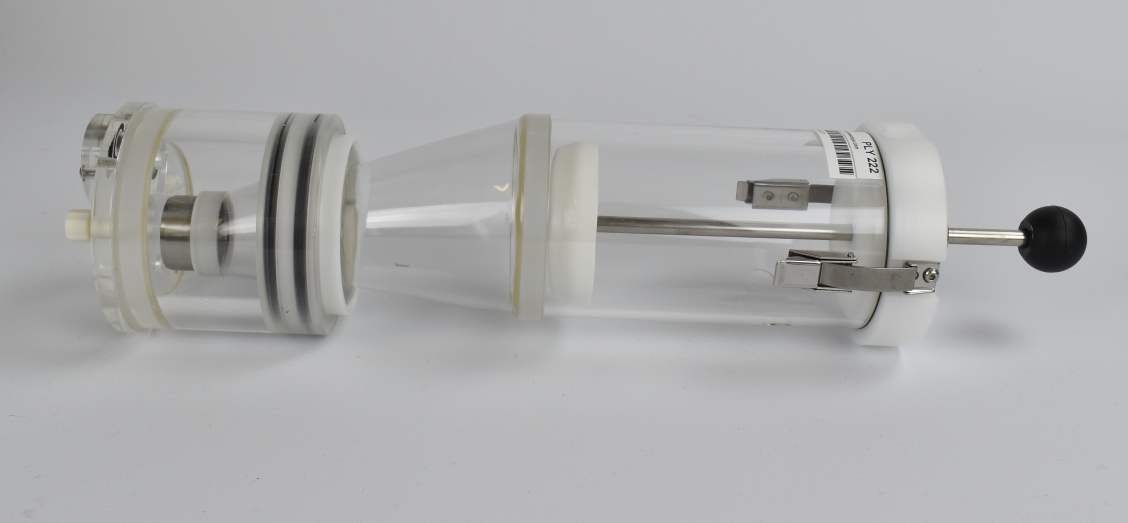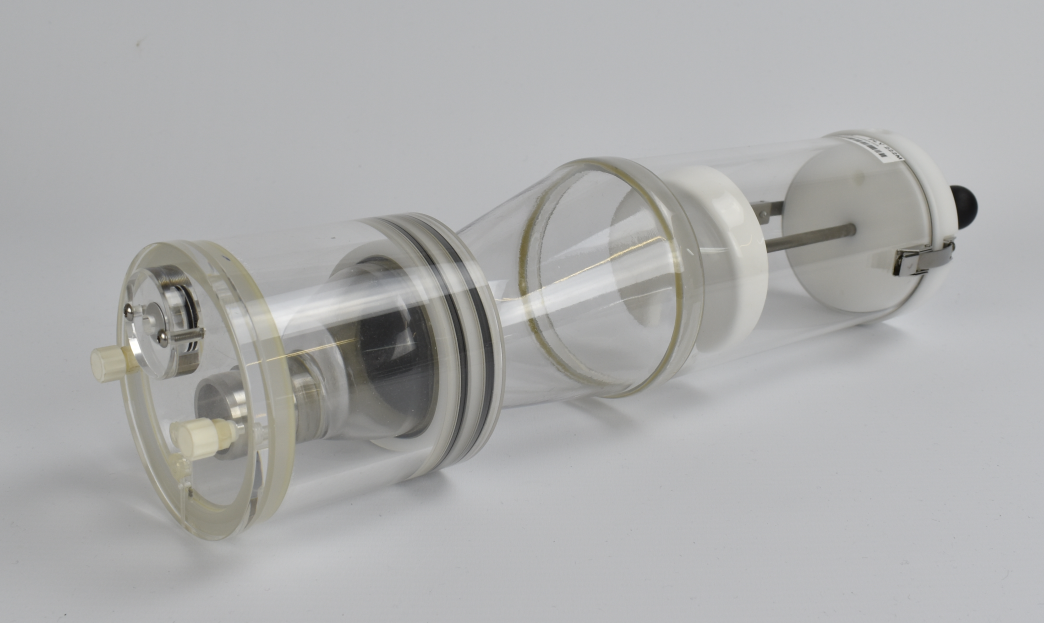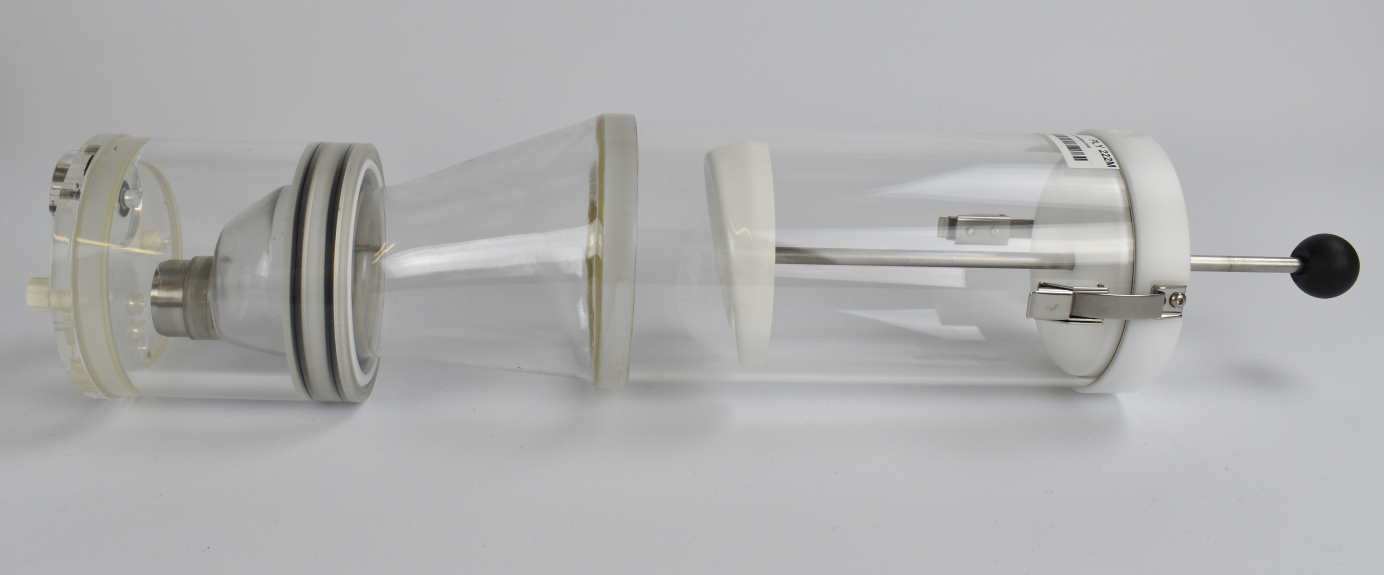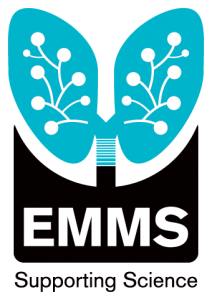Description
Double Chamber Plethysmography (DCP), or Non-Invasive Airway Mechanics (NAM), is a technique that measures the nasal and thoracic flows of concious and restrained animals, to compute Specific Airway Resistance (sRaw) among other respiratory parameters. A rubber neck collar provides an airtight seal between nasal and thoracic chambers.
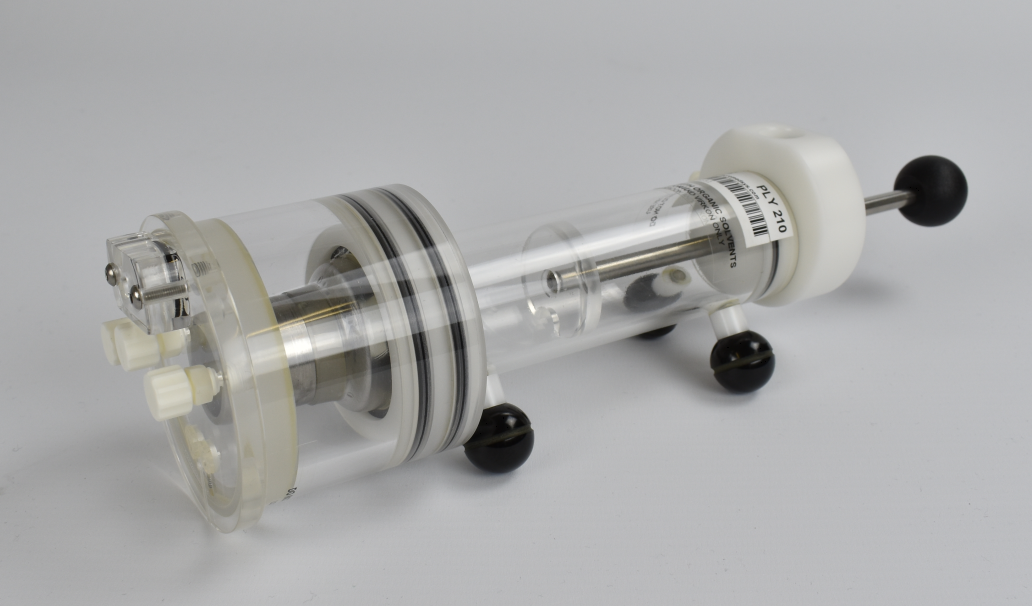
Advantages
Conscious measurement, no anaesthesia needed
Chambers can also be used as Head-Out Plethysmographs (HOP)
Quick loading plunger to reduce animal stress
Option to provide aerosol delivery while measuring
Option to have tail access from outside of the chamber, for injection or blood sampling
Applications
Since Double Chamber Plethysmography provides a measurement of Specific Airway Resistance (sRaw), it is very useful in applications like Asthma, COPD or Lung Fibrosis.
The following list shows some of the parameters available:
| Name | Units | Description |
|---|---|---|
| TV | ml | Tidal Volume, volume inspired during one breath |
| tI | s | Inspiration time |
| tE | s | Expiration time |
| PIf | mls/s | Peak inspiratory flow |
| PEf | mls/s | Peak expiratory flow |
| f | breaths/minute | Frequency of breathing |
| MV | ml | Minute Volume, volume inspired in one minute |
| tR | s | Relaxation time |
| AV | ml | Accumulated volume |
| EIP | s | End inspiratory pause |
| EEP | s | End expiratory pause |
| VolBal | % | Difference between inspiratory/expiratory volume |
| sRaw | cmH2Os | Specific Airway Resistance |
| sGaw | 1/cmH2Os | Specific Airway Conductance |
| dT | s | Time difference between nasal and thoracic flows |
| EF50 | ml/s | Expiratory flow @ 50% TV |
Specifications
The table below shows the standard chamber sizes. For any other species or sizes please contact us.
| References | Species | Size Guidance |
|---|---|---|
| PLY 210 | Mouse | 15 to 30 g |
| PLY 220 | Rat | Up to 250 g |
| PLY 220L | Rat, Ferret | More than 300 g |
| PLY 230 | Guinea Pig | Up to 500 g |
| PLY 230L | Guinea Pig | Up to 750 g |
Images
Selected References
Micro cone beam computed tomography for sensitive assessment of radiation-induced late lung toxicity in preclinical models
D. van Berlo, A. Khmelinskii, A. Gasparini , F.J. Salguero,B. Floot, N. de Wit, M. van de Ven, J.Y. Song, R.P. Coppes, M. Verheij, J.J. Sonke, C. Vens

